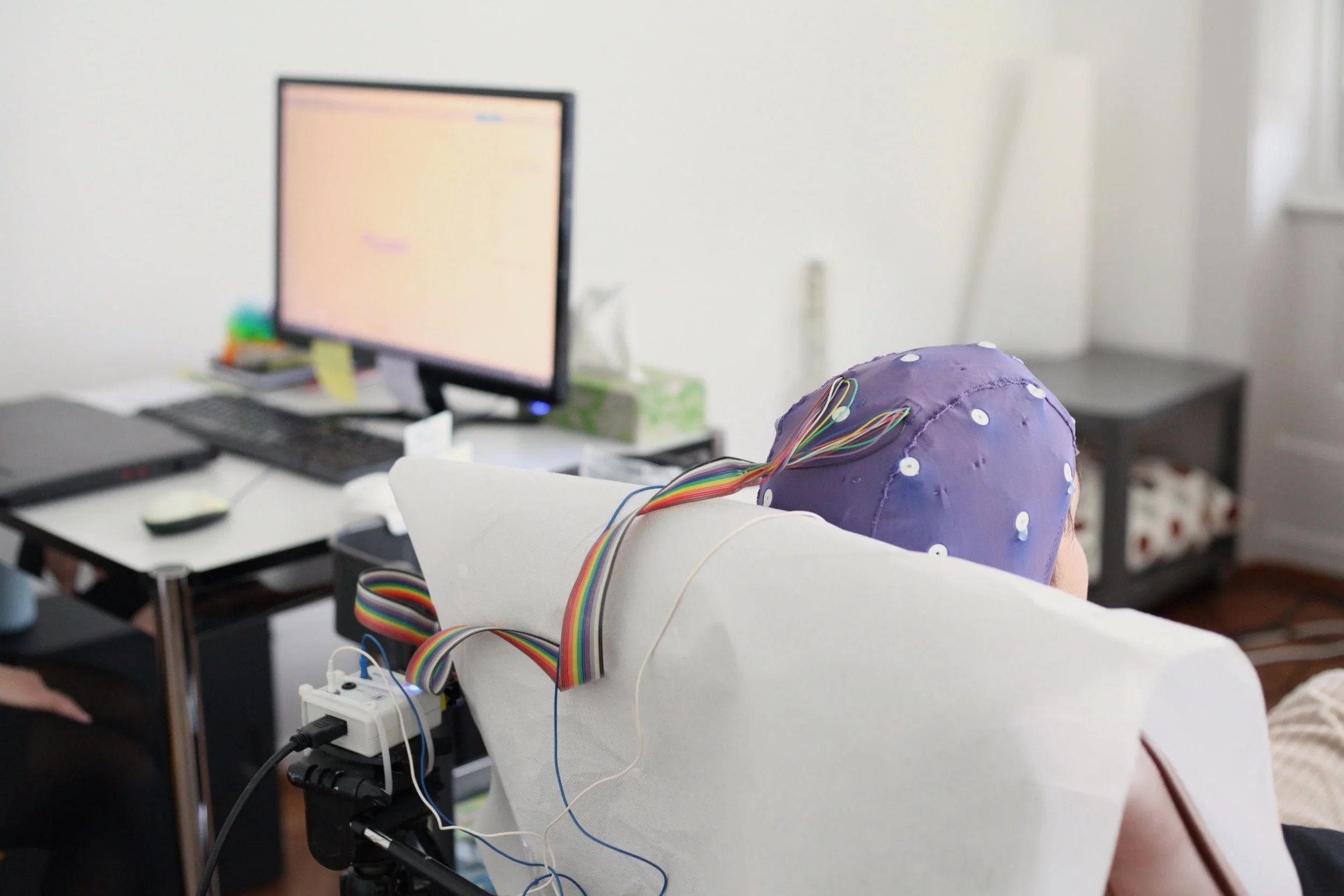Clarification
A contemporary view of ADHD
ADHD is the abbreviation for attention deficit disorder (with or without hyperactivity). The main characteristics of ADHD are
Inattention
Hyperactivity
Impulsiveness
This is often accompanied by disorganisation, emotional imbalance and difficulties with memory. Additional difficulties such as depressive moods or anxiety often occur. Another side effect that often occurs in people with ADHD is hypersensitivity: events, whether visual impressions, sounds or internal impulses, reach them with great intensity.
ADHD is a neurobiological disorder that is likely to have a genetic component. Research findings to date show that attention and hyperactivity disorders are caused by processes in the brain. The frontal brain is particularly important here: this is where important networks are located that contribute to attention and the planning, control and monitoring of actions.
It is not easy to diagnose ADHD, as the test results are strongly influenced by daily behaviour and situational factors. In addition, no specific statements can be made regarding the biological causes.
Although questionnaires provide information, the assessments depend on various factors and are subjective. In addition, the relevant questionnaires have long been publicly accessible.
Objective methods of diagnostics
In recent years, researchers from various universities have succeeded in developing a method based on the EEG (electroencephalogram) and evoked potentials, which supplements clinical diagnostics (i.e. dialogue and observation) with objective procedures.
With this method, data is collected while the patient is wearing a
boring concentration test. From this, the way in which biological information is processed can be reliably deduced. Any hypersensitivity is also recognised. The results can be visualised in two- and three-dimensional images.
Procedure for an ADHD assessment
A holistic ADHD assessment consists of the following 4 appointments of approx. 1.5 hours each (for children: 5 appointments). Most of the assessment appointments take place in the morning. The invitation to the first appointment is not sent directly after the application has been received, but 1 to 3 months before the first appointment.
1
Initial consultation
The medical history is taken and the current problem is discussed with the patient or the parents. The issue is clarified. In the case of younger children, the initial consultation takes place without the child.
Possible telephone consultations with third parties (e.g. teachers)
Questionnaire
Self-assessment
External assessment (e.g. partner or teacher)
2
Testing of neurocognitive functioning
Assessment of executive functions as well as attention/concentration, memory, perception and emotion processing
3
Brain wave measurement (EEG)
The spectral data can be seen as an indicator of the functional state of the brain: It is possible to link deviating spectra of the electroencephalogram (EEG) directly to deviations in the functioning of certain brain systems.
The evoked potentials map the information processing processes and provide information on the way in which simple stimuli are processed in different regions of the brain.
The neuro-/biomarkers help us to understand the basic mechanism of a disorder and to plan a therapy adapted to the individual (personalised treatment).
4
Evaluation meeting, report
At the end of each examination, the results are discussed with the patient and their relatives. On the basis of a holistic approach - which includes neuro/biomarkers - recommendations are made on useful strategies in the family, at school and at work.
On the basis of the biological data, any useful active pharmaceutical ingredients are named and suggestions for therapy are made. The referring physician and the patient receive a detailed written report.



